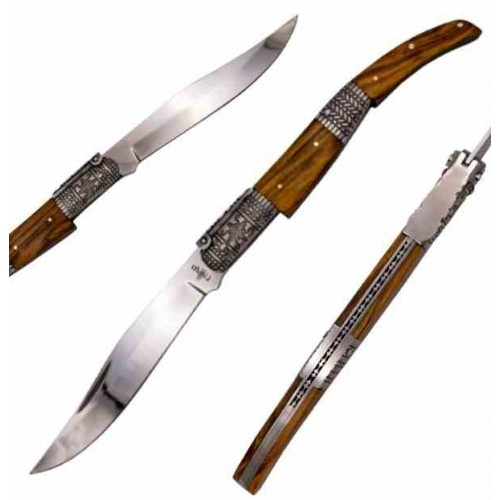The game of darts is much more than just bar entertainment; it's a sport with centuries of history, strict rules, and a growing presence, both in professional and domestic competitions.
Although it has traditionally been linked to the Anglo-Saxon world, its global expansion has been unstoppable.
Today, throwing darts is not just a matter of aim: it's an exercise in calculation, strategy, and composure, ideal for both leisure and high-level competition.

Medieval origins: from the battlefield to the parlor game
The origins of the game of darts date back to the Middle Ages, when soldiers practiced their aim by throwing short arrows or projectiles at the base of a barrel or a section of log. These early games were rudimentary, but over time they became more refined.
The use of the natural grain of the wood served as a guide to create divisions, which gave rise to the concept of the bullseye as we know it today.
It is said that it was in the 19th century when it began to take shape as an indoor game, becoming popular in British pubs.
The modern dartboard was standardized in the early 20th century, and it was then that the game evolved from a mere pub diversion to a sport with competitions, federations, and precise rules.
The bull's eye: structure and scoring
The standard dart board measures 45.1 cm in diameter and is divided into 20 sections numbered 1 to 20, arranged non-consecutively.
These sections are grouped and delimited by metal wires or colored segments that indicate the scoring areas:
- Outer ring ( double zone): doubles the value of the number reached.
- Inner ring ( triple zone): triples the value.
- Bullseye or central target : it is divided into two: the outer bull (25 points) and the inner bullseye (50 points) .
The intermediate zones give the nominal value of each number, and hitting triple 20 (the most valuable zone) is considered the ultimate masterstroke: 60 points.

Darts: types and materials
Modern darts are made from different materials depending on the level of the players and the type of dartboard.
They are usually composed of four parts:
- Tip : metal for bristle targets or plastic for electronic targets.
- Body or barrel : where the dart is held, made of brass, tungsten or nickel.
- Shaft or cane : connects the barrel to the feathers, made of plastic or aluminum.
- Fins or feathers : stabilize flight, and vary in shape and size depending on the launching style.
A good dart should be balanced and comfortable in the hand, with a weight typically ranging between 18 and 26 grams.
There are also “family” versions for leisure, suitable for children, for example, with magnetic targets and magnetic tips.

Distance to the regulation dartboard for throwing darts
The official distance from the throwing line (called " oche " ) to the target is 2.37 meters. Furthermore, the center of the target must be placed 1.73 meters above the ground.
These measures are included in the regulations of the World Darts Federation (WDF) and the Professional Darts Corporation (PDC), the bodies responsible for organizing and standardizing international competitions.

Different Modalities and Professional Games
While many associate darts with the relaxed atmosphere of a pub or bar, the game has reached a surprising level of professionalism, particularly in the United Kingdom, the Netherlands, and other parts of Europe. Professional Darts Corporation (PDC) competitions, for example, fill arenas and are broadcast on television to audiences in the millions. Players like Michael van Gerwen and Phil Taylor have achieved a status similar to that of soccer or tennis stars .
501
The most recognized and widely used modality in official competitions is the 501, which combines precision and skill with mathematical calculation and nerves of steel.
In this one, each player starts with 501 points; the objective is to reduce their score to zero.
The closest to the Bulleseye wins. Throws are made in series of three darts, with the total number of darts subtracted.
Strategy and precision are essential, especially in the final turns, as you can only close out the round with a shot to a double zone that exactly completes the remaining total. If you go over the number or miss a double, the round is void.
A dart that does not hit the target or is thrown out of turn does not score.
But there are also other very popular variations that add dynamism and variety to the game. Some of them are as follows.
301
A faster version of 501, with the same rules: reaching exactly zero, always ending with a double. But starting with 301 points.
Cricket
In this game, only the numbers 15 through 20 and the bullseye (center of the target) are used. The objective is to close these numbers before your opponent, which is achieved by hitting each number three times (with doubles and triples counting as two or three correct guesses).
Around the Clock
The goal is to match, in order, each number from 1 to 20. Often, the bullseye is also included to finish. A hit only counts if the dart hits the number corresponding to that turn.
Killer
Each player throws a dart with their non-dominant hand to determine their assigned number. They must then hit that number three times to become a "Killer" (hitting a double or triple counts as two or three hits). Once successful, they can eliminate the others by hitting their assigned numbers. The last player standing wins.

A versatile game of aim and ingenuity
Over time, following the implementation of numbers on the target in 1896 by Brian Gamlin to reduce chance and punish error, it went from being a game of marksmanship to requiring greater technique and ingenuity.
Combined with its visual appeal and dynamism, its many variables, each with its own complexity, make it extremely versatile, suitable for all tastes.
Don't forget to visit our Medieval Shop .









